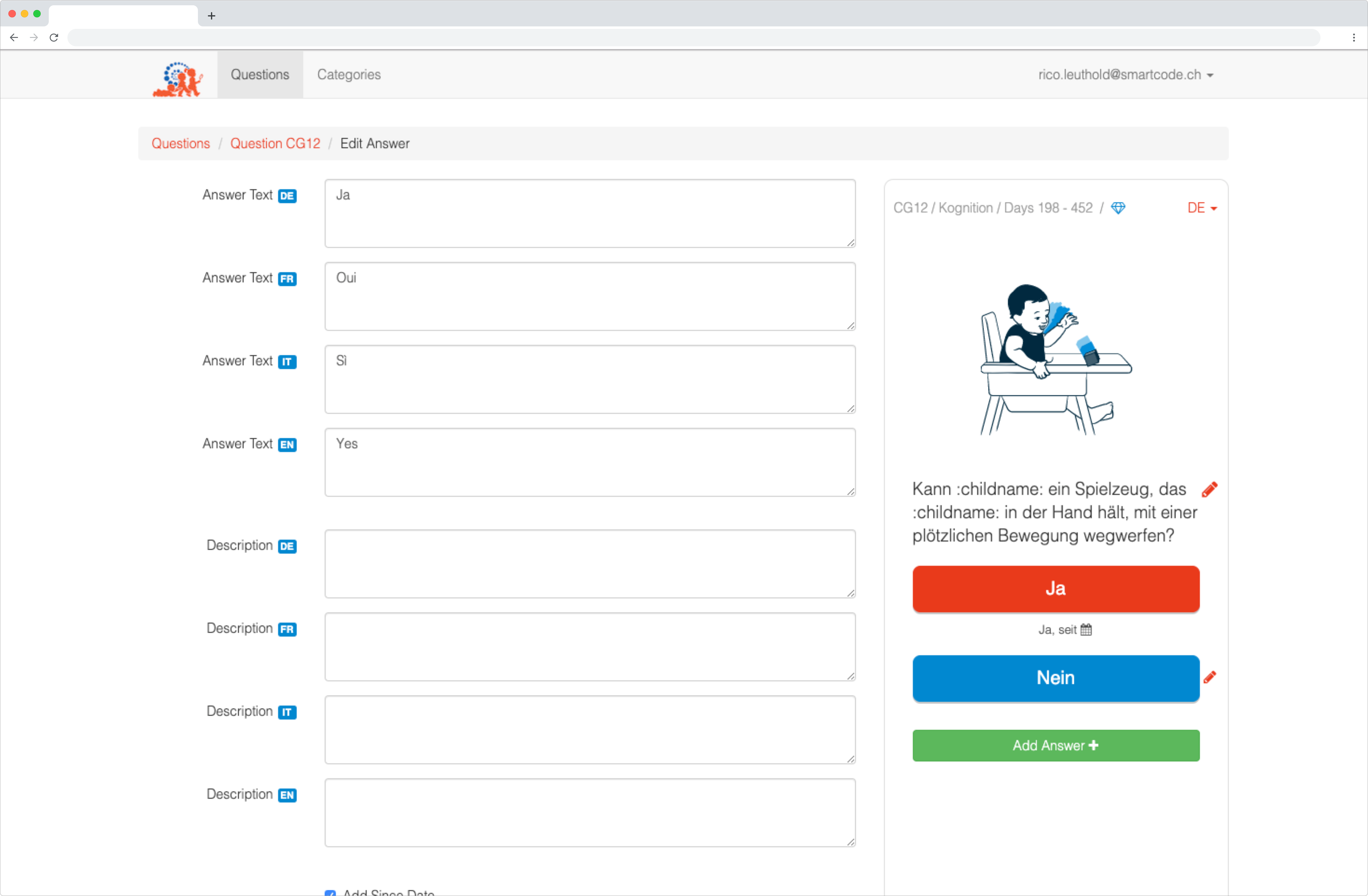

- ANDROID EIGENMATH DRIVERS
- ANDROID EIGENMATH UPDATE
- ANDROID EIGENMATH PATCH
- ANDROID EIGENMATH ANDROID
- ANDROID EIGENMATH SOFTWARE
I’m not saying it’s a bad choice, well on the contrary – only Linux and a few other Unix-like kernels could scale down and adapt to the hardware and ARM architecture used in most handheld consumer devices.
ANDROID EIGENMATH ANDROID
But while Linux is not Android, Android definitely includes Linux, and their creators and maintainers make a deliberate choice to use this kernel. This statement can be taken as incorrect, because, after all, Linux is the part of the stack responsible for driving the hardware.
ANDROID EIGENMATH DRIVERS
I said Android doesn’t have a proper drivers system. But letting aside the utopia and focusing on the two standards-related issues I mentioned before.
ANDROID EIGENMATH SOFTWARE
(Curiously, the texts that say such things are usually free-as-in-beer software licenses, not software you pay for in the form of hardware). In a perfect world though, manufacturers which wanted to play that game would have to do it in the clear, by explicitly locking their devices (as most already do) and announcing on the box that there will be no updates, fixes or warranties software-wise. This turns out to be a game of extortion made for those who worry about their security: “if you want a OS patched against this horrible vulnerability, just buy a new device that won’t do much more than your current one, but will have that single line of code changed”. The only “inconvenience” that might remain, is the hardware manufacturers’ wish for people to replace their “old” devices every six months or so. Both theory and practice have evidence that these debacles and inconveniences don’t matter, or there are ways to work around them that are successfully used in practice. open garden”, “but but binary blobs!”, etc. In this text I’m letting aside all the arguments regarding “open source vs. Both issues are related to a bigger problem: the lack of standards in the world of embedded consumer electronics. And I pinpoint this down to two different but related issues, the lack of a proper drivers system on Android (possibly involving Linux) and the multitude of ways these devices boot their OS, expect updates and do basic hardware communication.
ANDROID EIGENMATH UPDATE
In fact, it’s not just the user who can’t update or choose to run a different operating system: I’m convinced that for the most part, if the manufacturers wanted to update their Android systems to a more recent OS version, or switch to, say, Windows Phone or Firefox OS, they would have much trouble themselves.

I would like to shine light on another side of the problem: the fact that smartphones, tablets and devices alike can’t be updated by the user software-wise. Oh wait, how are you not using a high-end phone from ? (and even high-end phones sometimes don’t get updates past the next major release) There’s also the line of discussion that says such responsibility does not exist, because the problem is fixed in the latest Android version, and anyway, For God’s sake, are you still using a phone that came out six months ago? So vintage.
ANDROID EIGENMATH PATCH
Most of the discussion so far has been centered around whether the responsibility to patch older Android versions and/or push new ones to phones is on Google’s side or on the manufacturers’ side, or if the problem really is with the carriers, which won’t update their customized builds of the OS. Those 60% sure would like to be in the 39%. The Nexus 7, being a flagship Android device from Google, received updates to more recent Android versions the same can’t be said about most other devices released with 4.3 or earlier. A device that shipped with this Android version was the second-generation Nexus 7, which is still under warranty on places where two-year warranty is mandatory, like in the EU. Three days ago, HotHardware released a piece on why Google will not patch this vulnerability on 4.3, let alone older versions.Īs a quick reminder, Android 4.3, the last version of the Jelly Bean series of releases was launched on July 24th 2013 and its last point release (4.3.1) on October that year. More recently, another WebView vulnerability was discovered, affecting versions 4.3 and below of the popular mobile OS (or roughly 60% of the users). How Android’s “won’t fix” problem is the result of poor standardizationĭuring the past year, the WebView vulnerability(ies) in Android have been making the rounds in various technology-focused websites. Note that this is only an early preview and some things may change until the final release. Here’s a new video showing another set of features of the upcoming v1.5 of my Utilities add-in, for the Casio Prizm.


 0 kommentar(er)
0 kommentar(er)
